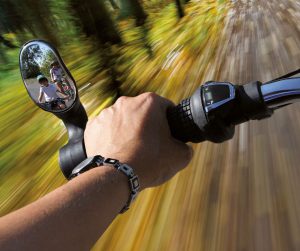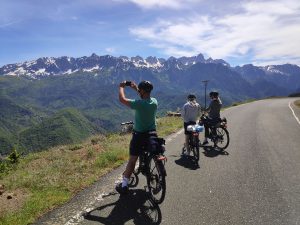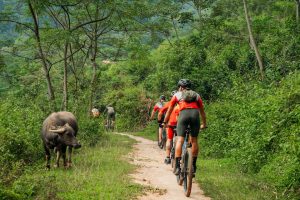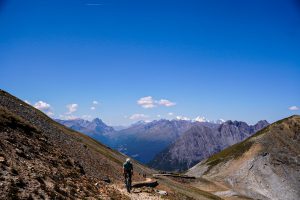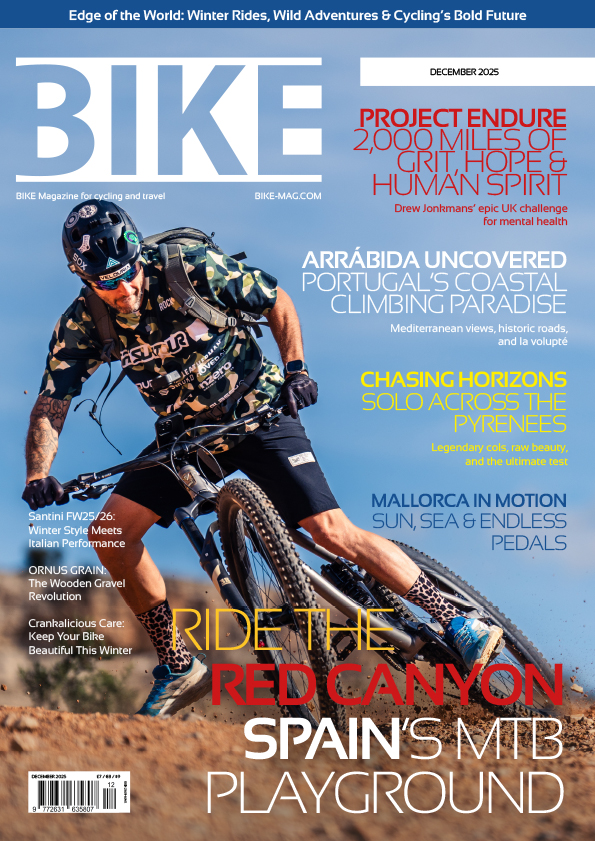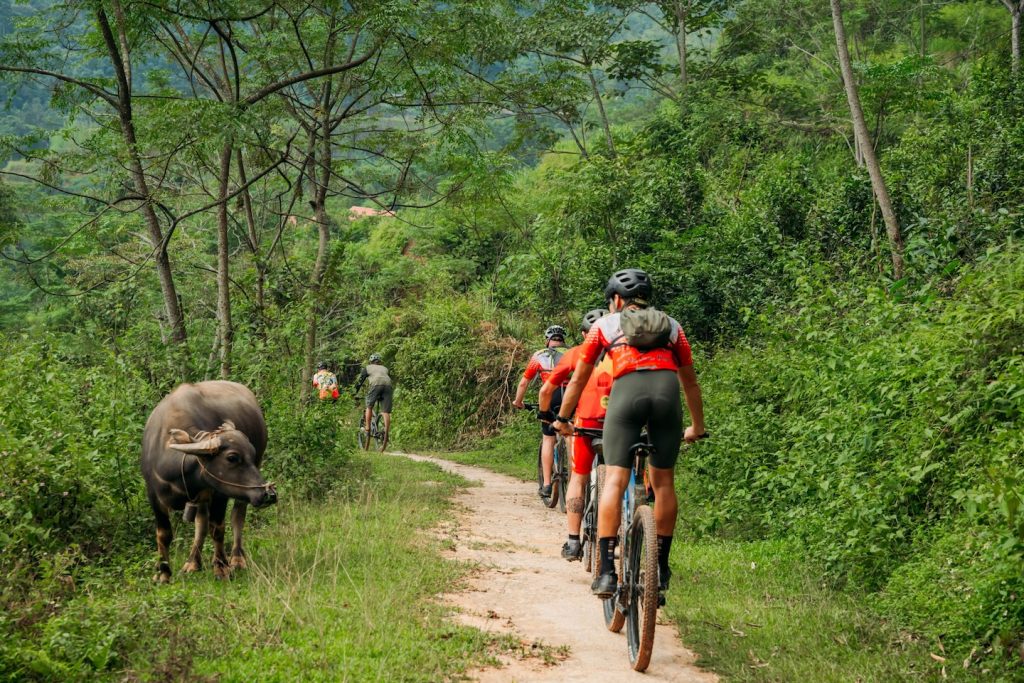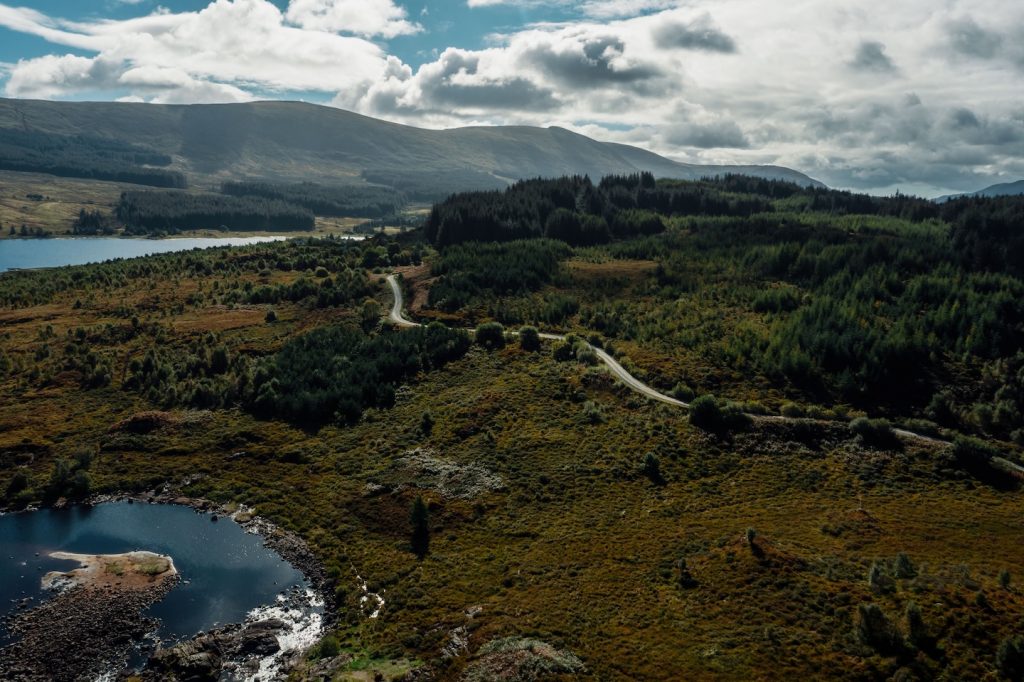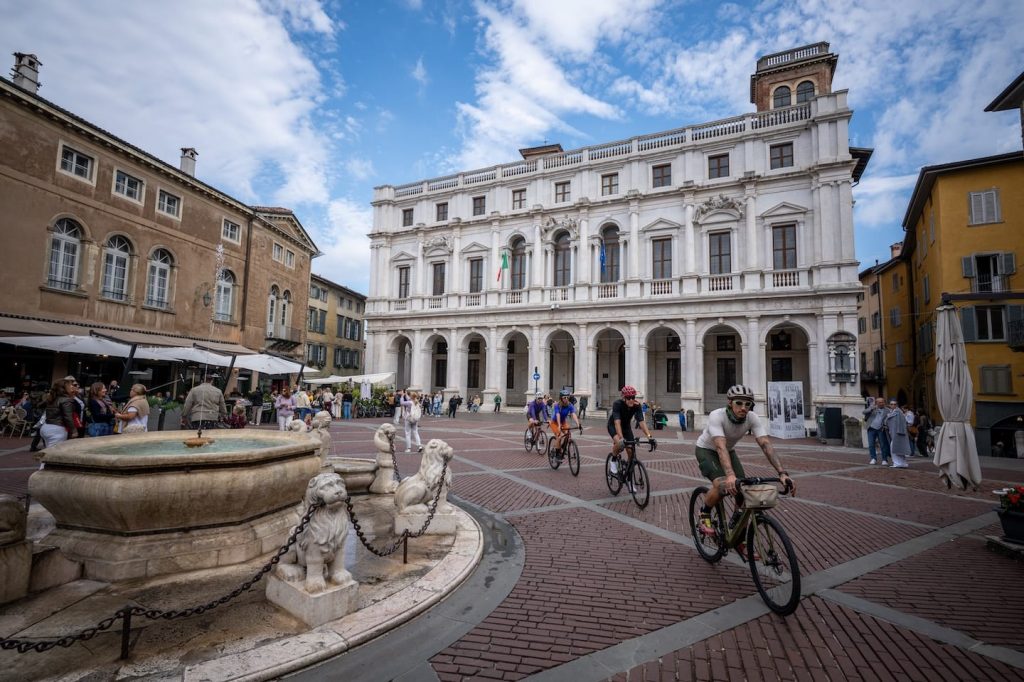The Real Gravel Experience
Why Gravel Racing is Losing Its Way
By Duncan Luke
There was a time when gravel cycling meant freedom. It was about adventure, self-reliance, and the pure joy of riding through forgotten landscapes on roads that felt like they belonged to no one. But somewhere along the way, gravel racing has morphed into something else entirely—an expensive, over-commercialized spectacle that no longer represents the essence of the sport.
The Cost of Racing
Let’s talk about the elephant in the room: the skyrocketing costs. Signing up for a gravel race today often means shelling out for an exorbitant entry fee, plus hidden licensing costs, mandatory coffee stops, and post-race festivities that feel more like a corporate networking event than a celebration of riding. And after all that, what do you get? Three hours of sheer intensity, clinging to a breakneck pace that leaves little room to appreciate the very terrain you came to experience.
Gravel races are starting to feel like a road peloton transplanted onto dirt—speed-focused, highly competitive, and dictated by big-budget teams and high-performance gear. The days of just showing up with a well-loved bike and a sense of adventure? Long gone.
Why I’m Opting Out in 2025
Instead of buying into the race-day frenzy, I’m taking a step back. In 2025, I won’t be lining up at any start lines. I won’t be chasing podiums or paying thousands for the privilege of suffering in a mass start event. Instead, I’m dedicating my time to real gravel riding—the kind that doesn’t come with a registration form or a mandatory wristband.
For me, the real thrill of gravel cycling lies in the unknown: exploring hidden roads, pushing my limits in multi-day, self-supported rides, and embracing the solitude of long stretches with nothing but my bike and the open landscape. It’s about riding with a sense of discovery, not a stopwatch.
Rediscovering the Spirit of Gravel
If you’ve ever embarked on a 200-kilometer journey with nothing but a rough route and a few essentials strapped to your bike, you know the feeling. There’s a different kind of satisfaction in navigating your own adventure, finding the cheapest way to survive for 24 to 60 hours while covering 500 kilometers of wild, unmarked terrain. That’s where gravel cycling finds its true soul—not in prize money, sponsors, or finish-line photo ops, but in the experience itself.
Let’s be honest: the dream of winning a high-profile gravel race is just that—a dream. The massive entry fees, the oversized prize purses, the elite-level competition—it’s an industry machine designed to keep you spending, not necessarily enjoying. And deep down, most of us know it.
So in 2025, I’m stripping gravel back to its rawest form. No timing chips, no barriers, no hype. Just a bike, the open road, and the unknown ahead. If that resonates with you, maybe it’s time to rethink what gravel riding means to you, too.
About the Author
Duncan Luke has participated in some of the most renowned gravel bikepacking events, including the Transcontinental, Badlands (Spain), Hope100 (Switzerland), Burra 500, and Sedgefield 500. His passion lies in self-supported ultra-riding and exploring the untamed roads less traveled.










